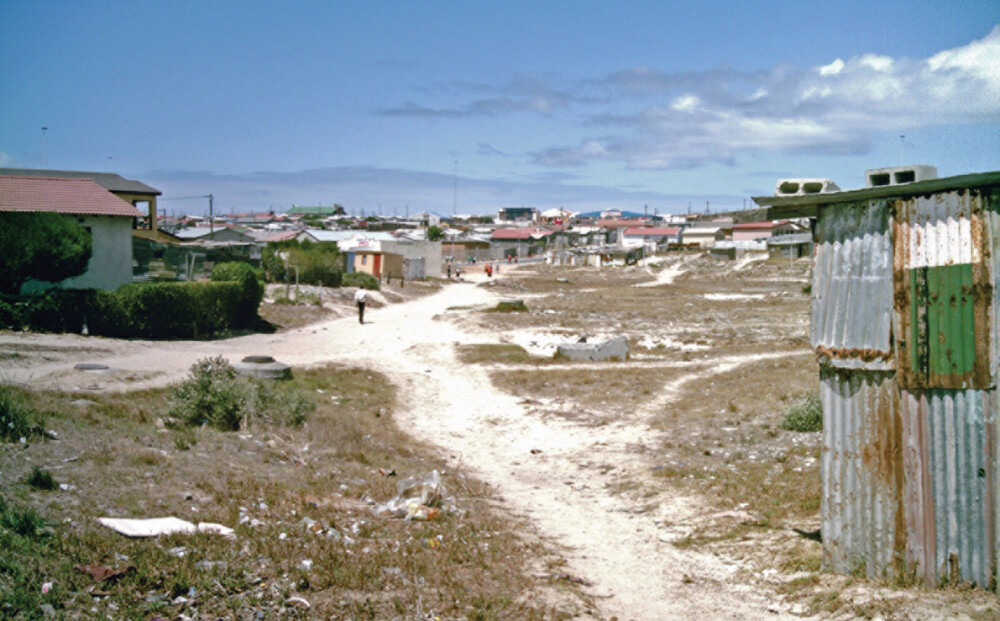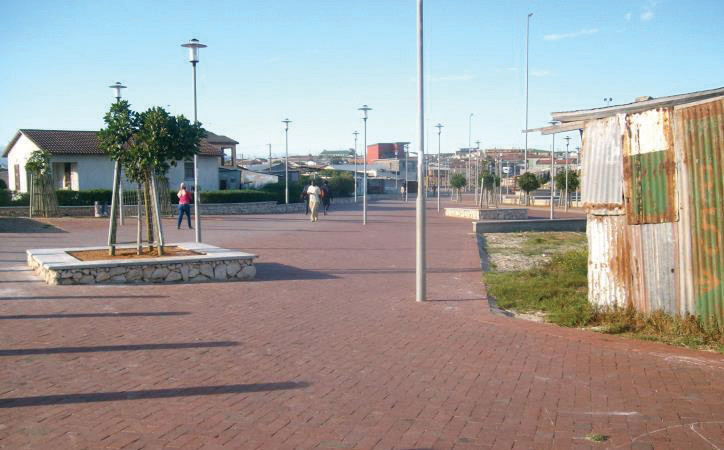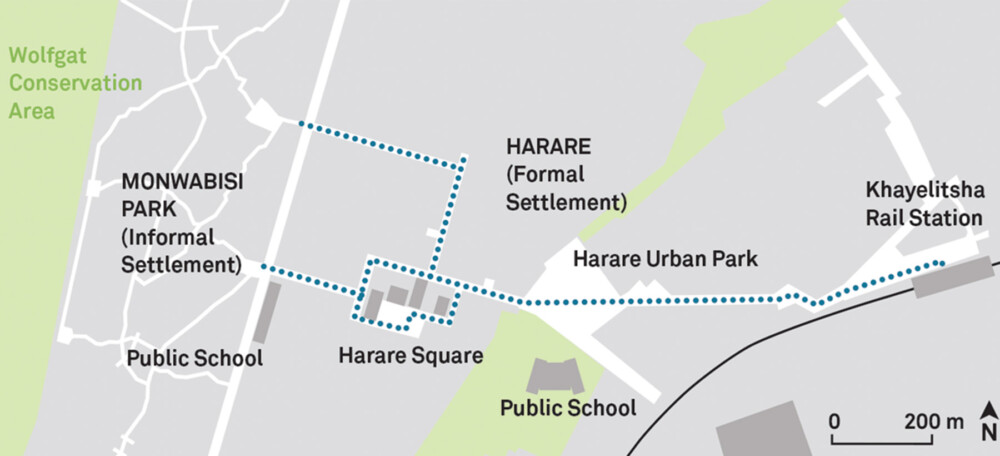-
About Streets
- Introduction
- Defining Streets
-
Shaping Streets
- The Process of Shaping Streets
- Aligning with City and Regional Agendas
- Involving the Right Stakeholders
- Setting a Project Vision
- Communication and Engagement
- Costs and Budgets
- Phasing and Interim Strategies
- Coordination and Project Management
- Implementation and Materials
- Management
- Maintenance
- Institutionalizing Change
- Measuring and Evaluating Streets
-
Street Design Guidance
- Designing Streets for Great Cities
- Designing Streets for Place
-
Designing Streets for People
- Utilities and Infrastructure
- Operational and Management Strategies
- Design Controls
-
Street Transformations
- Streets
-
Intersections
- Intersection Design Strategies
- Intersection Analysis
- Intersection Redesign
- Mini Roundabout
- Small Raised Intersection
- Neighborhood Gateway Intersection
- Intersection of Two-Way and One-Way Streets
- Major Intersection: Reclaiming the Corners
- Major Intersection: Squaring the Circle
- Major Intersection: Cycle Protection
- Complex Intersection: Adding Public Plazas
- Complex Intersection: Improving Traffic Circles
- Complex Intersection: Increasing Permeability
- Resources
Global Street Design Guide
-
About Streets
- Introduction
- Defining Streets
-
Shaping Streets
Back Shaping Streets
- The Process of Shaping Streets
- Aligning with City and Regional Agendas
- Involving the Right Stakeholders
- Setting a Project Vision
- Communication and Engagement
- Costs and Budgets
- Phasing and Interim Strategies
- Coordination and Project Management
- Implementation and Materials
- Management
- Maintenance
- Institutionalizing Change
-
Measuring and Evaluating Streets
Back Measuring and Evaluating Streets
-
Street Design Guidance
-
Designing Streets for Great Cities
Back Designing Streets for Great Cities
-
Designing Streets for Place
Back Designing Streets for Place
-
Designing Streets for People
Back Designing Streets for People
- Comparing Street Users
- A Variety of Street Users
-
Designing for Pedestrians
Back Designing for Pedestrians
- Designing for Cyclists
-
Designing for Transit Riders
Back Designing for Transit Riders
- Overview
- Transit Networks
- Transit Toolbox
-
Transit Facilities
Back Transit Facilities
-
Transit Stops
Back Transit Stops
-
Additional Guidance
Back Additional Guidance
-
Designing for Motorists
Back Designing for Motorists
-
Designing for Freight and Service Operators
Back Designing for Freight and Service Operators
-
Designing for People Doing Business
Back Designing for People Doing Business
-
Utilities and Infrastructure
Back Utilities and Infrastructure
- Utilities
-
Green Infrastructure and Stormwater Management
Back Green Infrastructure and Stormwater Management
-
Lighting and Technology
Back Lighting and Technology
-
Operational and Management Strategies
Back Operational and Management Strategies
- Design Controls
-
Street Transformations
-
Streets
Back Streets
- Street Design Strategies
- Street Typologies
-
Pedestrian-Priority Spaces
Back Pedestrian-Priority Spaces
-
Pedestrian-Only Streets
Back Pedestrian-Only Streets
-
Laneways and Alleys
Back Laneways and Alleys
- Parklets
-
Pedestrian Plazas
Back Pedestrian Plazas
-
Pedestrian-Only Streets
-
Shared Streets
Back Shared Streets
-
Commercial Shared Streets
Back Commercial Shared Streets
-
Residential Shared Streets
Back Residential Shared Streets
-
Commercial Shared Streets
-
Neighborhood Streets
Back Neighborhood Streets
-
Residential Streets
Back Residential Streets
-
Neighborhood Main Streets
Back Neighborhood Main Streets
-
Residential Streets
-
Avenues and Boulevards
Back Avenues and Boulevards
-
Central One-Way Streets
Back Central One-Way Streets
-
Central Two-Way Streets
Back Central Two-Way Streets
- Transit Streets
-
Large Streets with Transit
Back Large Streets with Transit
- Grand Streets
-
Central One-Way Streets
-
Special Conditions
Back Special Conditions
-
Elevated Structure Improvement
Back Elevated Structure Improvement
-
Elevated Structure Removal
Back Elevated Structure Removal
-
Streets to Streams
Back Streets to Streams
-
Temporary Street Closures
Back Temporary Street Closures
-
Post-Industrial Revitalization
Back Post-Industrial Revitalization
-
Waterfront and Parkside Streets
Back Waterfront and Parkside Streets
-
Historic Streets
Back Historic Streets
-
Elevated Structure Improvement
-
Streets in Informal Areas
Back Streets in Informal Areas
-
Intersections
Back Intersections
- Intersection Design Strategies
- Intersection Analysis
- Intersection Redesign
- Mini Roundabout
- Small Raised Intersection
- Neighborhood Gateway Intersection
- Intersection of Two-Way and One-Way Streets
- Major Intersection: Reclaiming the Corners
- Major Intersection: Squaring the Circle
- Major Intersection: Cycle Protection
- Complex Intersection: Adding Public Plazas
- Complex Intersection: Improving Traffic Circles
- Complex Intersection: Increasing Permeability
- Resources
- Guides & Publications
- Global Street Design Guide
- Streets
- Streets in Informal Areas
- Recommendations
- Case Study 2: Khayelitsha; Cape Town, South Africa
Case Study 2: Khayelitsha; Cape Town, South Africa

Location: Khayelitsha, Cape Town, South Africa
Population: 0.4 million
Metro: 3.7 million
Context: Low-Income Settlement (formal and informal)
Right-of-way: Various
Area: 28,000 m²
Cost: 20 million ZAR (1.45 million USD) Includes safe walkways, lighting, urban park, active box
Funding: German Development Bank(KfW)
Max. Speed: N/A
Overview
The project is part of the Violence Prevention through Urban Upgrading (VPUU) program, which aims to address four types of exclusion (economic, cultural, social, and institutional) in low-income settlements in an effort to prevent crime.
The project was one of the first VPUU Safe Node Areas that responded to local residents’ needs to overcome high levels of crime along a primary pedestrian route, a shortcut connecting the informal settlement of Monwabisi to the local train station and schools.
The project aimed to create a series of landmark nodes with safe connectivity.
The pedestrian link connected an urban park that was previously identified by community members as one of the most unsafe areas of the neighborhood.
The Khayelitsha area now enjoys a dynamic urban park, a safe pedestrian walkway, and a public square with a series of public amenities and active boxes.



Goals
- Provide a clear definition between public and private spaces.
- Provide places for play and relaxation.
- Create a safe, well-lit, and easily surveyed pedestrian route.
- Employ sustainable landscape practices.
- Use easy-to-maintain, durable materials and designs.
Lessons Learned
Through participatory design and development with local leadership and the relevant municipal departments, the professional team was able to transform a high-crime area into a sustainable, multifunctional public space.
Keys to Success
Community participation in the design and implementation phases in Khayelitsha facilitated the development of designs for various components of the spaces. This enabled community participation, skills transfer, and ongoing work opportunities in the maintenance of the public spaces.
Local pride, involvement, and stewardship have been fundamental in reducing vandalism and urban violence, transforming the use and perception of the space.
Residents volunteered as security groups and participated in maintenance efforts. Many activities take place today in the new public space, which increases the eyes on the street and supports a sense of safety.
Involvement
Public Agencies
City of Cape Town, South African National Treasury, Federal German Ministry for Economic Cooperation and Development, German Development Bank (KfW)
Citizen Associations and Nonprofits
The community of Khayelitsha, Khayelitsha Development Forum (KDF), VPUU NPC, Grassroots Soccer, Mosaic
Designers and Engineers
AHT Group AG/SUN Development Team, Tarna Klitzner Landscape Architects (TKLA), Jonker & Barnes Architects, Naylor Naylor Van Schalwyk, Talani, N2 Construction, and Ross Engineering
Key Elements
High-quality, long-lasting materials that are locally available.
Tree planting.
Porous surfaces.
High-quality lighting.
Evaluation


Project Timeline

Adapted by Global Street Design Guide published by Island Press.
Next Section —